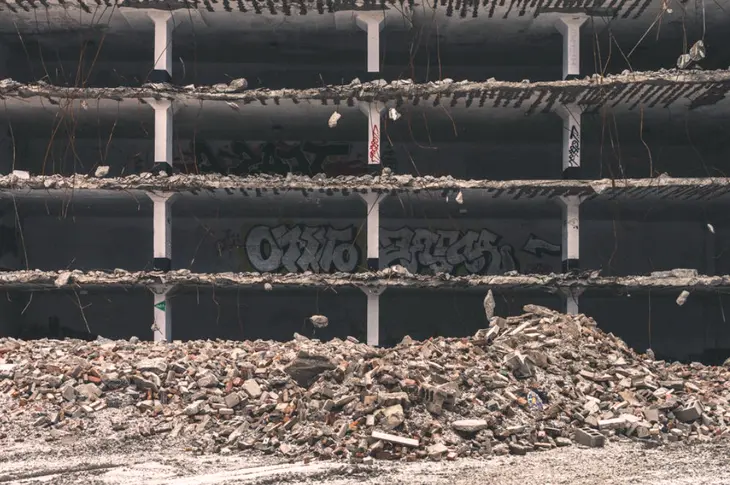
Embracing Green Construction Practices for a Sustainable Future
- Admin
In recent years, the construction industry has undergone a significant shift towards embracing green construction practices to minimize environmental impact and promote sustainability. This article explores the importance of green construction practices and their impact on creating a more sustainable future for the built environment.
1. Sustainable Materials Selection:
One of the fundamental principles of green construction is the selection of sustainable materials. Builders and developers are increasingly opting for materials that are renewable, recycled, or have low environmental impact. From reclaimed wood and recycled concrete to eco-friendly insulation and energy-efficient windows, sustainable materials play a crucial role in reducing carbon footprint and conserving natural resources.
2. Energy-Efficient Design and Systems:
Green construction emphasizes energy efficiency in building design and systems. Architects and engineers integrate passive design strategies, such as proper orientation, natural daylighting, and high-performance insulation, to minimize energy consumption and maximize thermal comfort. Additionally, the installation of energy-efficient HVAC systems, lighting fixtures, and appliances further reduces energy usage and operational costs over the building's lifecycle.
3. Water Conservation Measures:
Water conservation is another key aspect of green construction. Builders implement various measures to reduce water consumption, such as installing low-flow plumbing fixtures, implementing rainwater harvesting systems, and utilizing drought-resistant landscaping. By minimizing water usage and promoting efficient water management practices, green buildings contribute to water conservation efforts and resilience against water scarcity.
4. Waste Reduction and Recycling:
Green construction prioritizes waste reduction and recycling throughout the construction process. Builders implement strategies to minimize construction waste, such as pre-fabrication, modular construction, and on-site waste segregation. Materials that cannot be reused on-site are diverted from landfills through recycling and repurposing initiatives, contributing to a circular economy and minimizing environmental impact.
5. Indoor Environmental Quality:
Green construction focuses on creating healthy and comfortable indoor environments for building occupants. Builders prioritize indoor air quality by using low-VOC (volatile organic compound) paints, adhesives, and finishes, as well as implementing proper ventilation systems and air filtration. Additionally, green buildings incorporate natural elements, such as biophilic design features and indoor plants, to enhance occupant well-being and productivity.
Conclusion:
In conclusion, green construction practices are essential for creating a sustainable future for the built environment. By prioritizing sustainable materials selection, energy-efficient design, water conservation, waste reduction, and indoor environmental quality, green buildings minimize environmental impact, enhance occupant comfort and health, and contribute to a more resilient and sustainable built environment. As the construction industry continues to evolve, embracing green construction practices is imperative for addressing global environmental challenges and creating a healthier, more sustainable future for generations to come.
